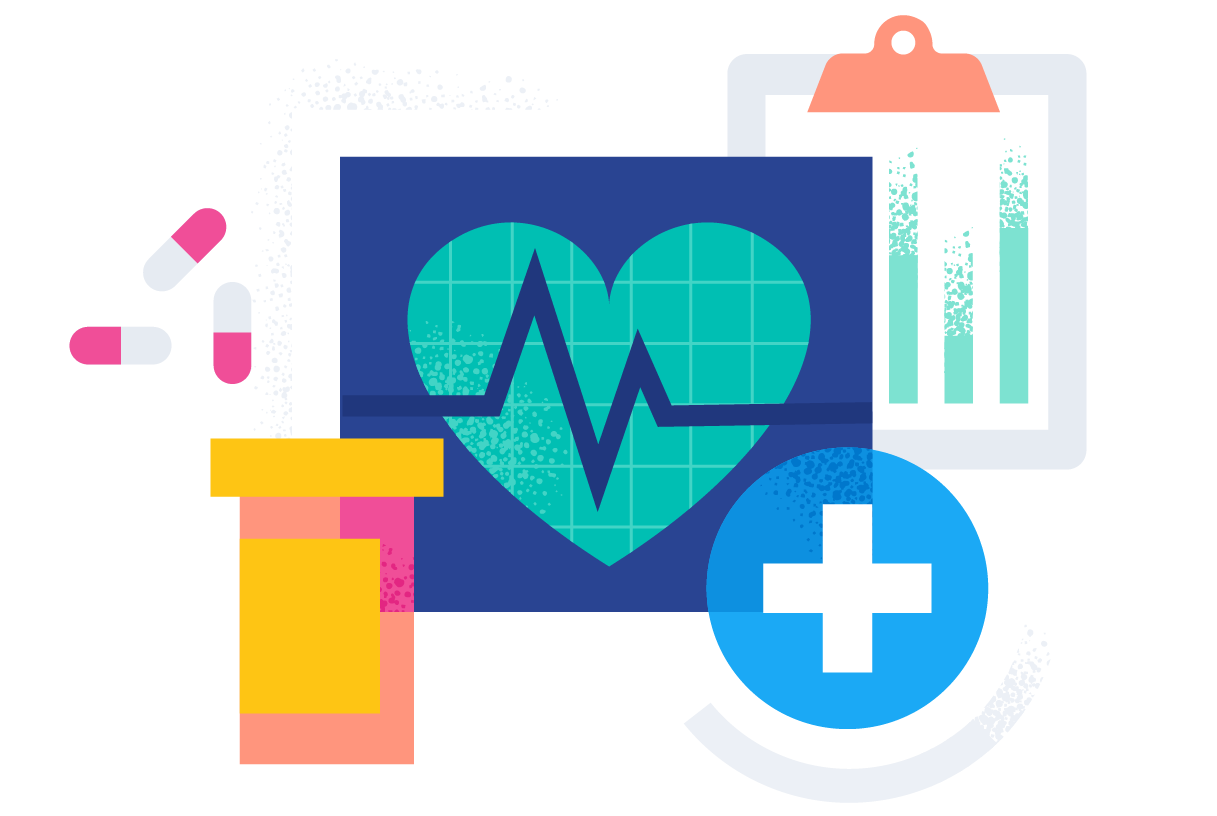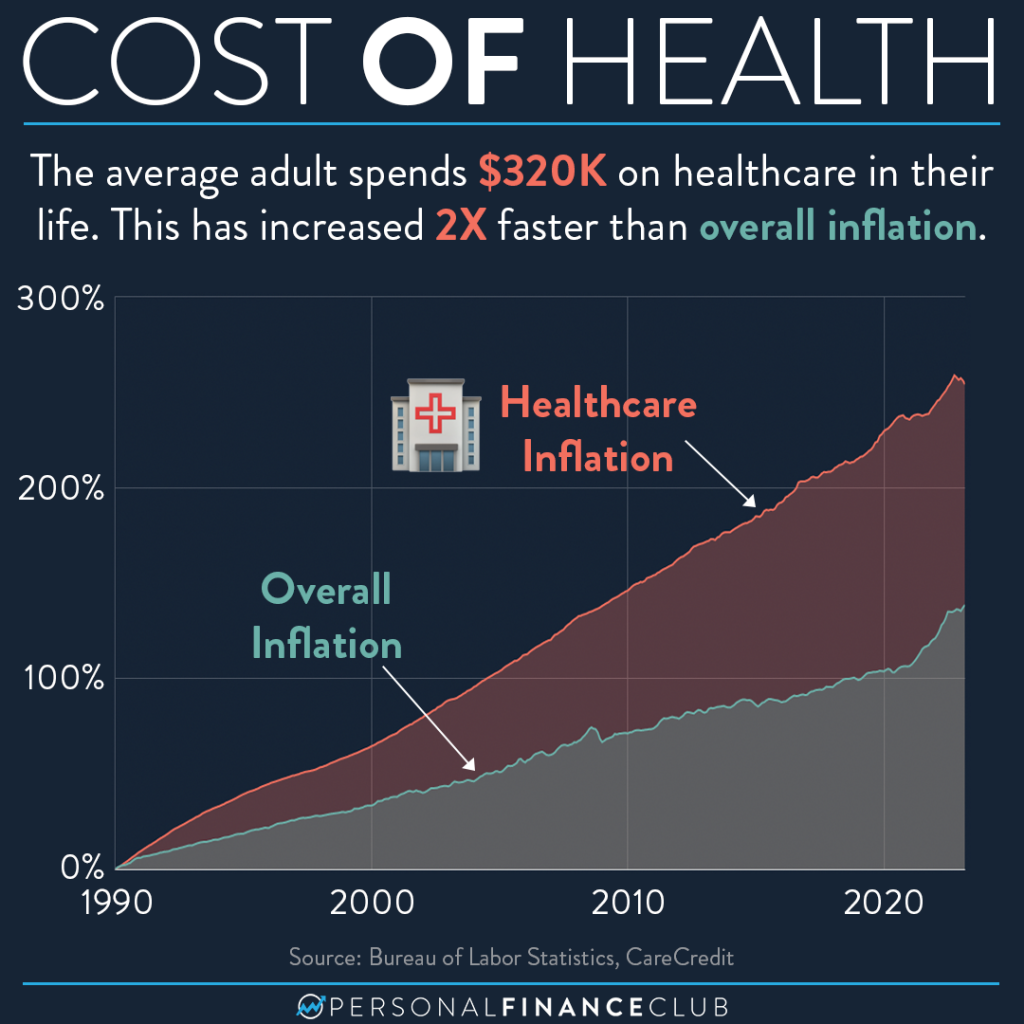Healthcare RCM Tools to Optimize Income and Decrease Denials
Healthcare RCM Tools to Optimize Income and Decrease Denials
Blog Article
A Comprehensive Overview on How Healthcare RCM Functions to Simplify Invoicing and Collections
Navigating the complexities of medical care earnings cycle management (RCM) is vital for companies aiming to improve their billing and collections procedures. The overview unloads the complexities of RCM, from patient enrollment to balance dues monitoring, using insights into maximizing each step. Incorporating sophisticated modern technology and standardized treatments can substantially reduce insurance claim denials and increase payment cycles. Yet, real challenge exists in perfectly combining these aspects to enhance cash circulation. As we explore the core parts and strategies that drive effectiveness, one inquiry stays: just how can health care entities ideal position themselves to grow financially in an ever-evolving industry?
Comprehending Earnings Cycle Monitoring
Comprehending the complexities of Revenue Cycle Administration (RCM) is crucial for healthcare organizations aiming to enhance their monetary efficiency. RCM is a crucial administrative function that encompasses the entire financial process of patient care, from the initial appointment setting to the final payment of the equilibrium. It is a complex procedure designed to identify, collect, and manage the income from the services offered to individuals. Reliable RCM makes certain that healthcare companies get accurate and prompt payments, reducing the danger of profits loss and boosting cash money circulation.
The RCM procedure begins when a patient timetables a visit and extends via the client's treatment journey, consisting of invoicing and collections. A key purpose is to decrease the time in between offering a solution and receiving settlement, thus boosting the organization's monetary wellness. RCM includes numerous functions such as individual enrollment, insurance policy verification, cost capture, coding, claims entry, payment publishing, and handling appeals and denials.
Key Components of RCM
In the realm of Revenue Cycle Administration (RCM), comprehending its vital components is basic to achieving economic performance within medical care companies. RCM is a comprehensive procedure that includes different stages, each important to making sure reliable billing and collections. The primary elements include individual enrollment, insurance verification, fee capture, coding, case entry, payment posting, and balance due monitoring.


Once coded, claims are submitted to payers, where accuracy is vital to stay clear of rejections or hold-ups - Healthcare RCM. Settlement uploading involves recording the received repayments, which permits the settlement of accounts. Last but not least, receivables management focuses on tracking and attending to overdue cases, ensuring timely follow-up and resolution
Each component of RCM is adjoined, and inefficiencies in any part can disrupt the entire cycle. As a result, understanding these components is important for doctor to optimize profits and boost their financial health.
Strategies for Reliable Payment

Systematizing billing treatments across the organization is another key strategy. Developing clear standards for paperwork, coding, and submission aids keep consistency and compliance with governing demands. Educating personnel routinely on these procedures ensures every person is updated with the newest changes in payment codes and payer policies.
Exact fee capture is important in preventing earnings leakage. Implementing normal audits and tracking systems permits the recognition and adjustment of disparities before they influence profits. Additionally, keeping open lines of communication with payers aids to rapidly resolve any type of disputes or misconceptions that may develop.

Last but not least, interesting individuals early in the payment process by offering clear estimates and educational products concerning Related Site their monetary obligations can dramatically minimize confusion and enhance repayment timeliness. These approaches collectively contribute to a much more effective and financially healthy payment system.
Enhancing Collections Procedures
A robust collections procedure is crucial for preserving financial security within healthcare organizations. Offered the complexities of medical payment and the variety of payer demands, boosting the collections process includes implementing calculated actions that guarantee prompt and accurate payment of services made. Central to this is making use of technology to automate and enhance procedures, boosting and decreasing hand-operated errors effectiveness. Automation devices can help in tracking claim standings, sending prompt suggestions to clients, and taking care of rejections more successfully.
Training staff to understand the nuances of insurance plan and payment codes is just as crucial. This expertise encourages them to attend to invoicing inconsistencies swiftly and interact successfully with clients regarding their economic obligations. Additionally, clear and transparent person interactions are important. Providing detailed descriptions of fees and offering adaptable repayment plans can raise individual contentment and timely payments.
Regular audits of the collections procedure ought to be performed to determine areas for improvement and make certain conformity with laws. By analyzing information, healthcare companies can recognize patterns, prepare for potential problems, and adjust techniques as necessary (Healthcare RCM). Ultimately, a well-enhanced collections procedure not just supports monetary wellness but additionally contributes to a much more smooth experience for patients and staff alike
Optimizing Profits Streams
Building upon the foundation of a strong collections procedure, medical care organizations can even more strengthen their financial stability by tactically maximizing revenue streams. This involves a multi-faceted technique, starting with a comprehensive analysis of existing income resources to recognize inefficiencies and areas for development. Employing sophisticated information analytics devices makes it possible for organizations to acquire insights into payer mix, individual demographics, and solution application patterns, allowing for data-driven decisions that improve earnings capture.
Implementing automated billing systems can substantially lower mistakes and quicken cases processing, making certain that income is gathered a lot more successfully. Furthermore, optimizing payer contracts through regular negotiations can boost repayment prices and terms, straight affecting the lower line. Branching out service offerings, such as including telehealth or health care, can additionally bring in a more comprehensive individual base, hence raising revenue potential.
Another critical part is boosting individual interaction and complete top article satisfaction, as satisfied patients are extra most likely to comply with treatment strategies and make timely payments. Using versatile payment alternatives and transparent billing techniques can enhance collections and foster patient commitment. Healthcare RCM. By embracing these strategies, medical care organizations can create a much more resilient economic structure, ensuring continual growth and security in an ever-changing industry landscape
Verdict
In conclusion, healthcare Earnings Cycle Monitoring (RCM) plays a vital function in maximizing invoicing and collections processes by incorporating essential parts such as individual enrollment, insurance confirmation, charge capture, coding, claims submission, and accounts receivable administration. By using sophisticated technology, systematizing procedures, and promoting person engagement, medical care companies can considerably decrease claim rejections, accelerate repayment cycles, and boost cash flow. This thorough approach to RCM eventually causes improved financial effectiveness and sustainability for medical care organizations.
The RCM process begins when a person schedules an appointment and prolongs via the patient's care journey, including invoicing and collections.An additional critical element is boosting patient engagement and contentment, as completely satisfied patients are much more likely to adhere to treatment plans and make timely repayments. Using adaptable settlement alternatives and clear payment techniques can boost collections and foster person commitment.In conclusion, healthcare Income Cycle Administration (RCM) plays a critical duty in maximizing billing and collections processes by integrating crucial elements such as patient registration, insurance verification, charge capture, coding, asserts entry, and accounts receivable administration. great post to read By utilizing sophisticated technology, standardizing treatments, and cultivating individual interaction, healthcare suppliers can considerably minimize claim denials, increase repayment cycles, and enhance cash money circulation.
Report this page